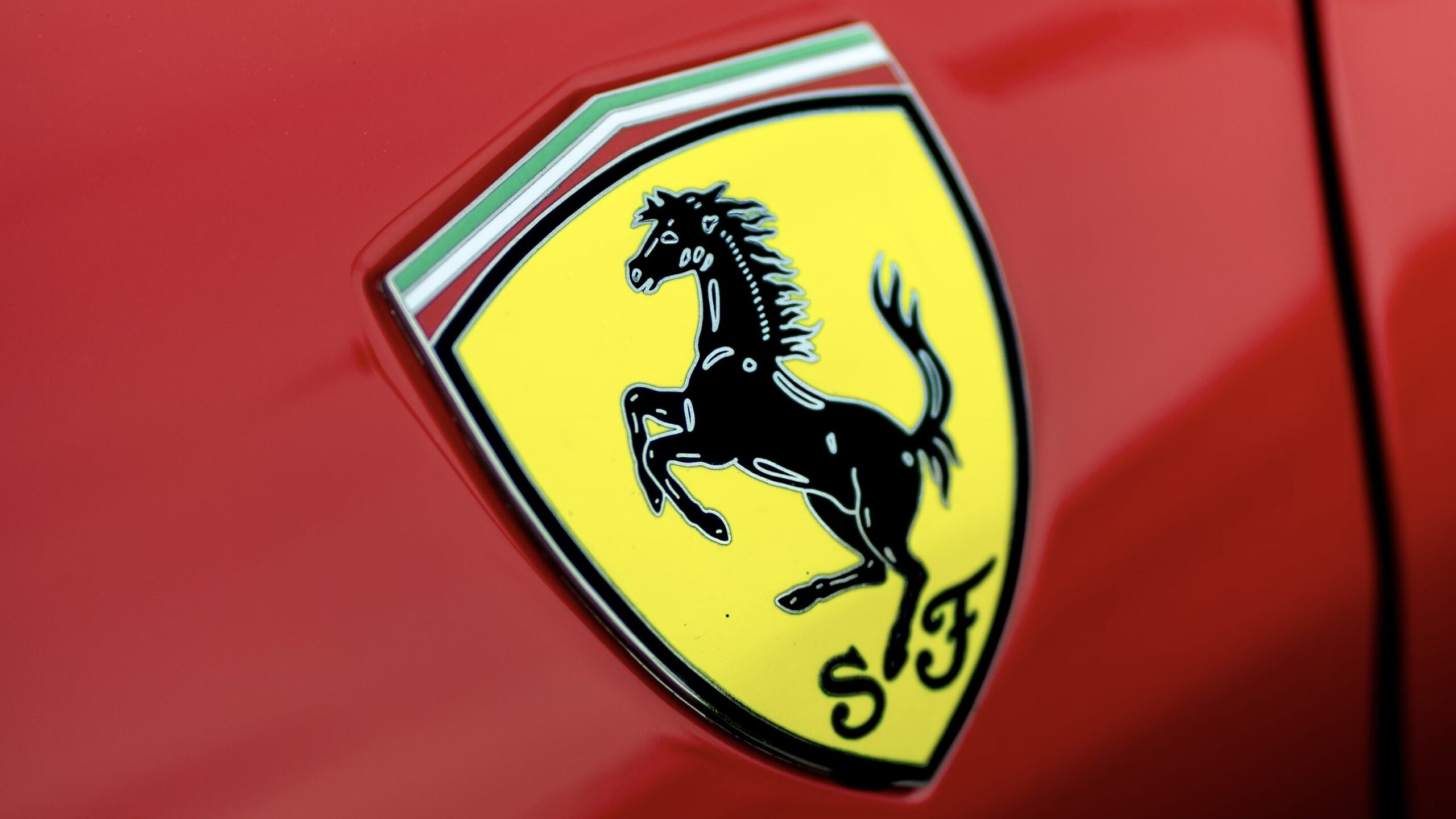Ferrari will unveil the first significant details of its long-anticipated debut electric car this October 9, marking a major milestone for the storied Italian marque as it edges towards the electric era. The announcement will come during the company’s Capital Markets Day and will focus on the EV’s technical foundation — most notably, its powertrain.
This marks the beginning of a phased reveal. Ferrari plans to showcase the interior design early next year, followed by the full model debut in the spring. This launch cadence mirrors the one used for the unveiling of last year’s F80 hypercar, and adds to an already packed schedule at Maranello, with new versions of the Roma and SF90 Stradale also expected to break cover in 2025. All told, six new models are due to roll out next year.
Although Ferrari has yet to confirm the EV’s body style, test mules spotted on public roads suggest the prototype is being trialled using modified Maserati Levante shells. That said, precedent from the Purosangue’s early development — which also used Maserati underpinnings before diverging significantly — suggests the final silhouette may be very different. Regardless, the car is being engineered with the brand’s hallmark balance and handling in mind. Expect the battery layout to replicate Ferrari’s front-mid or rear-mid engine philosophy by centralising mass for optimal dynamics.
The EV will be assembled at Ferrari’s newly completed E-building in Maranello, a dedicated facility designed to support the company’s shift towards electrification. The E-building is equipped to produce high-voltage batteries, electric motors, and axles in-house — a strategic move intended to differentiate Ferrari’s EVs from those of other high-end brands, while preserving its ability to service all models long-term.
The upcoming EV has already undergone thousands of kilometres of road testing. Internally, Ferrari’s test drivers — often among the first to assess any new model — have reportedly been key to development, ensuring that the finished product delivers the driving engagement expected from the Prancing Horse.
While Ferrari remains tight-lipped on pricing, reports suggest the car could start from around $500,000 (£395,000). A second EV is also rumoured to be in development, but no official confirmation has been made.
Importantly, Ferrari isn’t committing to any production mix targets. Instead, the company insists that customer demand — not market pressures — will dictate the proportion of combustion, hybrid and electric sales. The brand has also confirmed it will not use LFP (lithium iron phosphate) battery chemistry in its vehicles, dismissing it as incompatible with the Ferrari experience.
With the E-building poised to streamline production and enhance customisation, Ferrari appears determined to electrify on its own terms — slowly, deliberately, and without compromising its legacy of performance, craftsmanship and emotional appeal.
